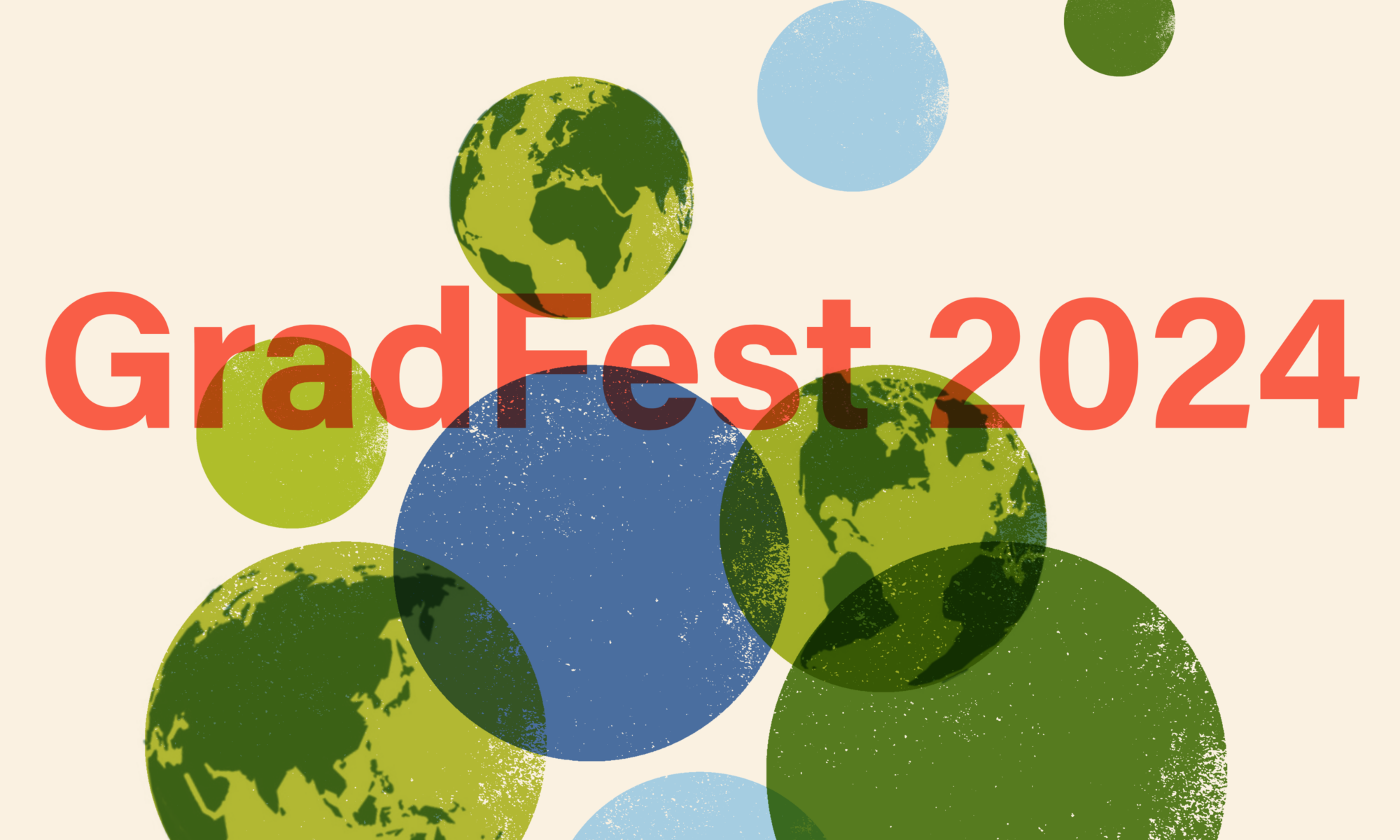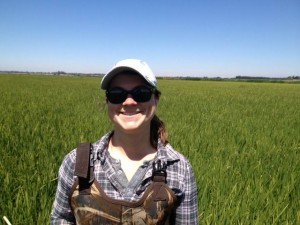(This page is a temporary test, Sarah presented in a previous edition of GradFest)
Impacts of land-use change and ecological restoration on greenhouse gas fluxes in the Sacramento-San Joaquin Delta, CA
The worldwide drainage of peatlands for agricultural or forestry purposes has resulted in vast soil subsidence and contributed to increased atmospheric carbon dioxide (CO2) concentrations. The Sacramento-San Joaquin Delta in California was drained over a century ago for agriculture and human settlement and has since experienced subsidence rates that are among the highest in the world. It is recognized that drained agriculture in the Delta is unsustainable in the long-term, and to help reverse subsidence and capture carbon there is an interest in restoring drained agricultural land-use types to flooded conditions (e.g., wetlands and flooded rice agriculture). However, flooding may increase methane (CH4) emissions, a much more potent greenhouse gas (GHG). We conducted multiple years of simultaneous eddy covariance measurements at drained agricultural peatlands, restored wetlands and flooded rice paddies in the Delta to assess the impact of drained to flooded land-use change on CO2 and CH4 fluxes. Using a multi-tower approach we found that converting drained agricultural peatlands to flooded land-use types can help reverse soil subsidence and reduce GHG emissions from the Delta. Using multi-year measurements of GHG fluxes, our research also aims to improve our understanding of the factors controlling these fluxes across a range of temporal scales, quantify interannual variability in CO2 and CH4 budgets, and develop cost-effective and accurate ways of estimating carbon cycling in restored wetlands for carbon market-funded wetland restoration. Our multi-year multi-site research program is beginning to answer these questions and bridge understanding between biometeorology, biogeochemistry and climate policy.

